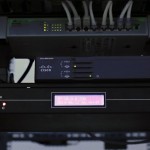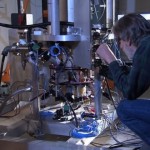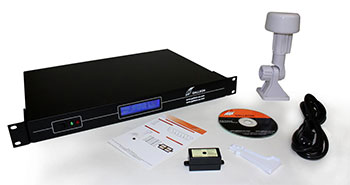Time synchronisation is something easily taken for granted in this day and age. With GPS NTP servers, satellites beam down time to technologies, which keeps them synced to the world’s time standard UTC (Coordinated Universal Time).
Before UTC, before atomic clocks, before GPS, keeping time synchronised was not so easy. Throughout history, humans have always kept track of time, but accuracy was never that important. A few minutes or an hour or so difference, made little difference to people’s lives throughout the medieval and regency periods; however, come the industrial revolution and the development of railways, factories and international commerce, accurate timekeeping became crucial.
Greenwich Mean Time (GMT) became time standard in 1880, taking over from the world’s first time standard railway time, developed to ensure accuracy with railway timetables. Soon, all businesses, shops and offices wanted to keep their clocks accurate to GMT, but in an age before electrical clocks and telephones, this proved difficult.
Enter the Greenwich Time Lady. Ruth Belville was a businesswoman from Greenwich, who followed in her father’s footsteps in delivering time to businesses throughout London. The Belville’s owned a highly accurate and expensive pocket watch, a John Arnold chronometer originally made for the Duke of Sussex.
Every week, Ruth, and her father before her, would take the train to Greenwich where they would synchronise the pocket watch to Greenwich Mean Time. The Belvilles would then travel around London, charging businesses to adjust their clocks their chronometer, a business enterprise that lasted from 1836 to 1940 when Ruth finally retired at the age of 86.
BY this time, electronic clocks had began to take over traditional mechanical devices and were more accurate, needing less synchronisation, and with the telephone speaking clock introduced by the General Post Office (GPO) in 1936, timekeeping services like the Belville’s became obsolete.
Today, time synchronisation is far more accurate. Network time servers, often using the computer protocol NTP (Network Time Protocol), keep computer networks and modern technologies true. NTP time servers receive an accurate atomic clock time signal, often by GPS, and distribute the time around the network. Thanks to atomic clocks, NTP time servers and the universal timescale UTC, modern computers can keep time to within a few milliseconds of each other.







